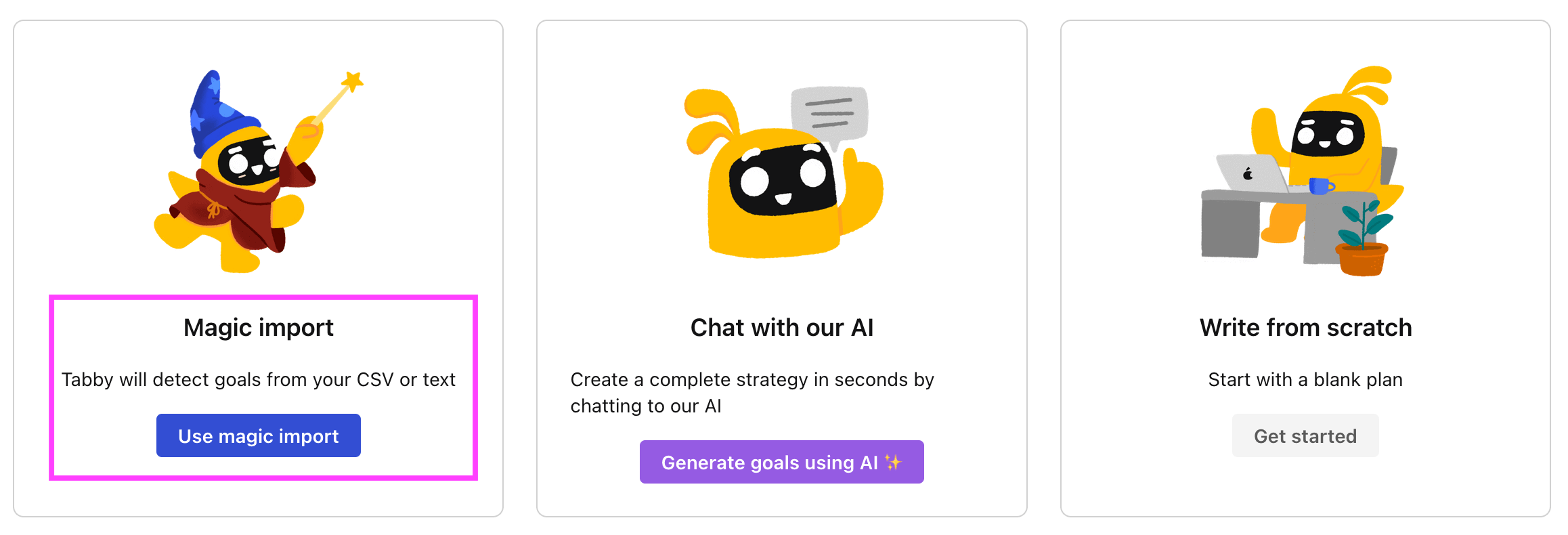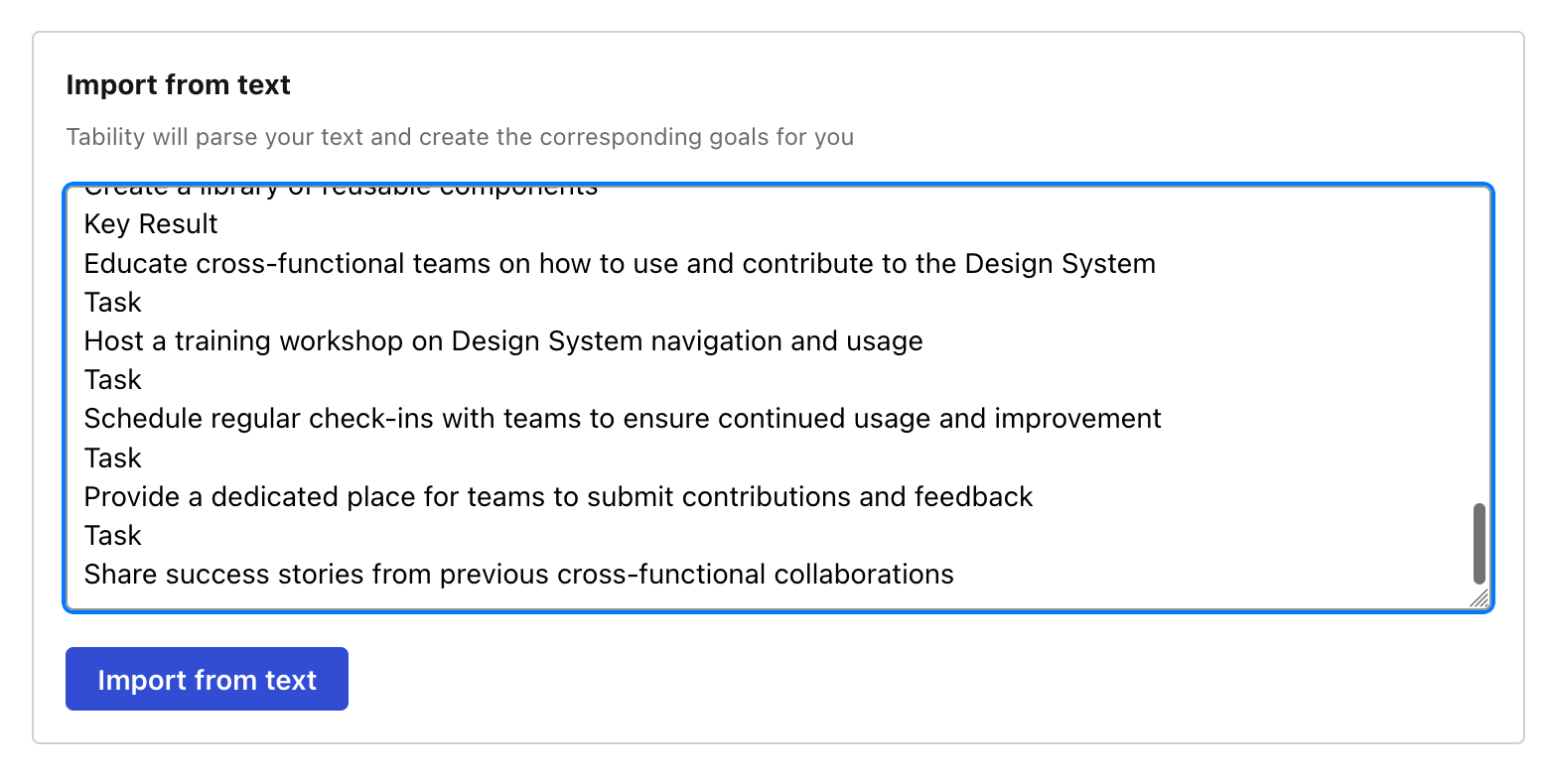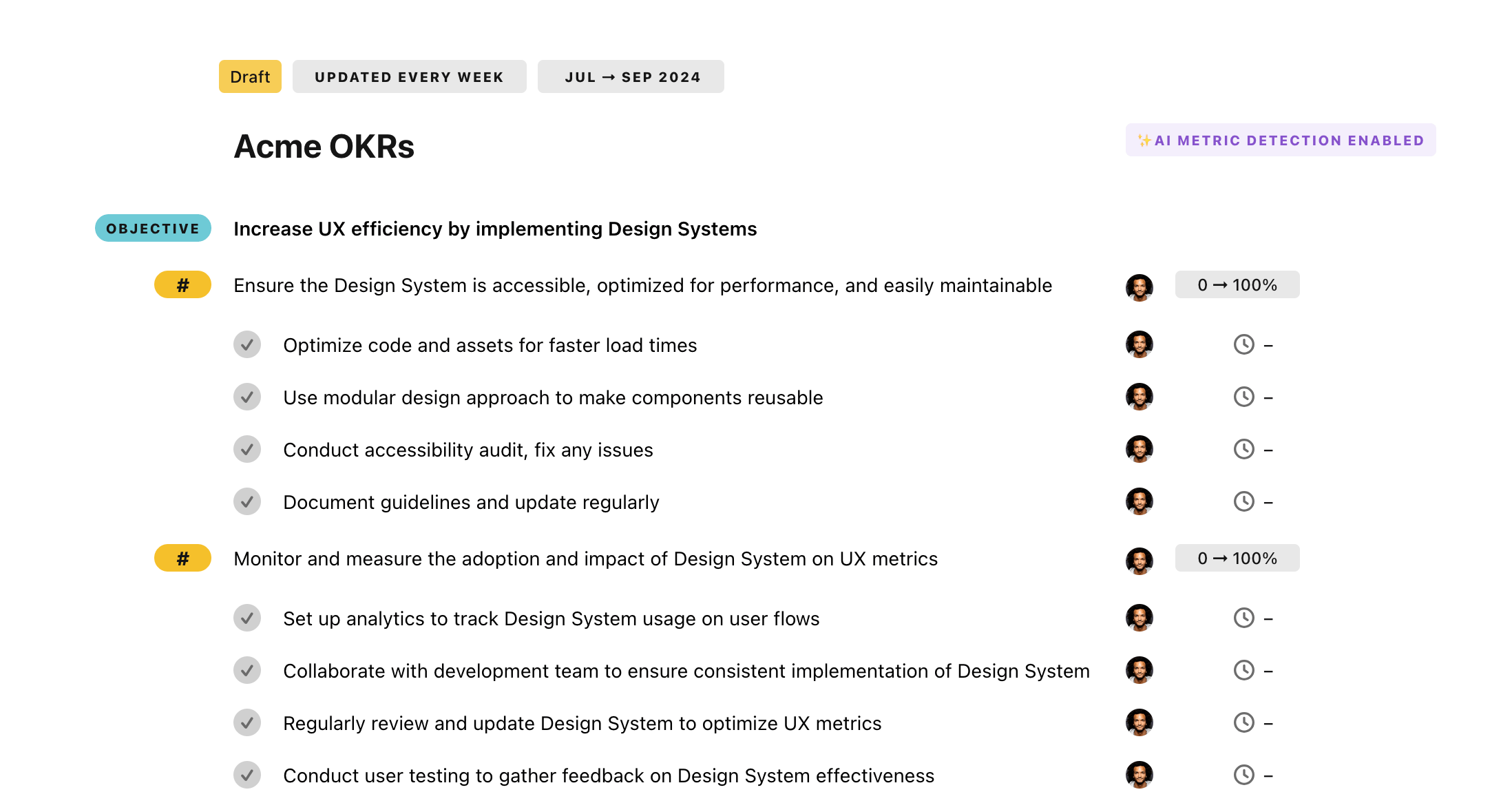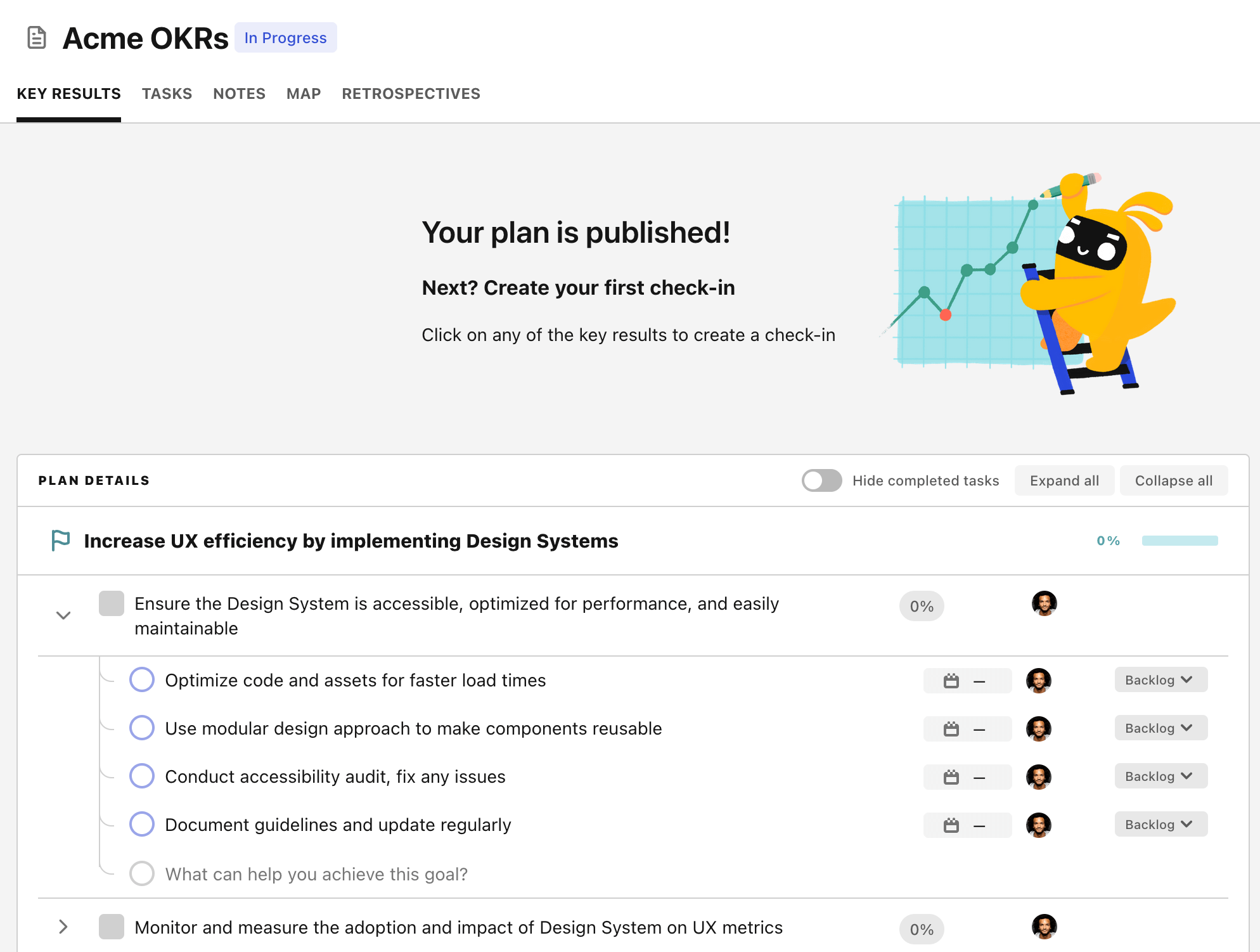OKR template to successfully migrate to GitLab
Your OKR template
The second objective involves relocating 100% of the code repositories and branches from the current system to GitLab. This suggests that every piece of code previously employed, regardless of its size or complexity, will have to be transferred securely to the new system.
Thirdly, all team members should be proficient in using GitLab, emphasizing the need for comprehensive training. This will entail regular assessments of team members' proficiency in GitLab usage, conducting extensive GitLab training for all members, and supplying ongoing support and resources.
Lastly, the intent is to maintain a 100% uptime and stability throughout the migration process. This involves meticulous system testing, regular backups, and the implementation of redundant systems to ensure continuous availability.
ObjectiveSuccessfully migrate to GitLab
KRComplete migration plan and timeline, including a step-by-step guide for all teams
Develop a detailed timeline with specific milestones and accountable team members
Create a comprehensive step-by-step guide outlining the migration process for all involved teams
Conduct a thorough analysis and assessment of all existing systems and data
Collaborate with relevant teams to identify potential roadblocks and ensure seamless transition
KRMigrate 100% of the code repositories and branches from the current system to GitLab
KREnsure all team members are trained and proficient in using GitLab for version control
Assign mentors to assist team members in mastering GitLab version control
Regularly assess and evaluate team members' proficiency in GitLab usage
Conduct comprehensive GitLab training for all team members
Provide ongoing support and resources to enhance proficiency in GitLab
KRAchieve 100% uptime and stability on GitLab platform throughout the migration process
Collaborate with the migration team to establish effective communication channels and address concerns promptly
Conduct thorough testing of the GitLab platform for any potential issues or vulnerabilities
Perform regular backups and monitor system logs to proactively identify and address any disruptions
Implement redundant systems and failover mechanisms to ensure continuous availability
How to edit and track OKRs with Tability
You'll probably want to edit the examples in this post, and Tability is the perfect tool for it.
Tability is an AI-powered platform that helps teams set better goals, monitor execution, and get help to achieve their objectives faster.
With Tability you can:
- Use AI to draft a complete set of OKRs in seconds
- Connect your OKRs and team goals to your project
- Automate reporting with integrations and built-in dashboard
Instead of having to copy the content of the OKR examples in a doc or spreadsheet, you can use Tability’s magic importer to start using any of the examples in this page.
The import process can be done in seconds, allowing you to edit OKRs directly in a platform that knows how to manage and track goals.
Step 1. Sign up for a free Tability account
Go tohttps://tability.app/signup and create your account (it's free!)
Step 2. Create a plan
Follow the steps after your onboarding to create your first plan, you should get to a page that looks like the picture below.

Step 3. Use the magic importer
Click on Use magic import to open up the Magic Import modal.
Now, go back to the OKR examples, and click on Copy on the example that you’d like to use.

Paste the content in the text import section. Don’t worry about the formatting, Tability’s AI will be able to parse it!

Now, just click on Import from text and let the magic happen.

Once your example is in the plan editor, you will be able to:
- Edit the objectives, key results, and tasks
- Click on the target 0 → 100% to set better target
- Use the tips and the AI to refine your goals
Step 4. Publish your plan
Once you’re done editing, you can publish your plan to switch to the goal-tracking mode.

From there you will have access to all the features that will help you and your team save hours with OKR reporting.
- 10+ built-in dashboards to visualise progress on your goals
- Weekly reminders, data connectors, and smart notifications
- 9 views to map OKRs to strategic projects
- Strategy map to align teams at scale